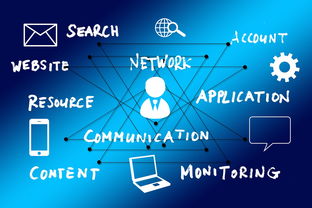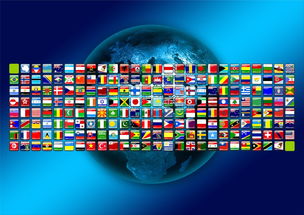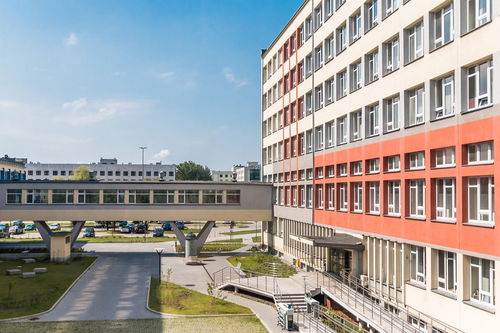In the modern era, technology has become an integral part of our daily lives, transforming the way we communicate, work, learn, and even entertain ourselves. While the advantages of technology are manifold and often celebrated, it is also essential to consider the potential drawbacks. This essay will explore both the positive and negative aspects of using technology in today's world.
Advantages of Technology
-
Enhanced Communication: Technology has revolutionized the way we connect with one another. With the advent of smartphones, social media, and instant messaging apps, communication has become faster, more efficient, and accessible to people across the globe. This has not only fostered stronger personal relationships but also facilitated global business and cultural exchange.
-
Increased Efficiency: Automation and digital tools have significantly increased productivity in various sectors. From manufacturing to customer service, technology streamlines processes, reduces human error, and saves time. This has led to economic growth and has allowed businesses to scale and reach new markets.
-
Access to Information: The internet has democratized access to information, making it possible for anyone with a connection to learn about virtually any topic. This has empowered individuals to educate themselves, make informed decisions, and participate more actively in society.
-
Healthcare Advancements: Medical technology has improved diagnostics, treatments, and patient care. Telemedicine allows remote consultations, and AI is being used to analyze medical data and predict health outcomes. These advancements have the potential to save lives and improve the quality of healthcare worldwide.
-
Entertainment and Creativity: Technology has opened up new avenues for entertainment and creative expression. Digital platforms enable artists to share their work globally, and virtual reality offers immersive experiences that were once the stuff of science fiction.
Disadvantages of Technology
-
Privacy Concerns: As technology advances, so do the capabilities of surveillance and data collection. This has raised significant privacy concerns, as individuals may feel that their personal information is being exploited without their consent.
-
Dependency and Addiction: The convenience and constant connectivity offered by technology can lead to dependency. Social media, for example, can become addictive, affecting mental health and leading to issues such as social isolation and cyberbullying.
-
Job Displacement: While technology can increase efficiency, it can also lead to job displacement. Automation has the potential to replace human workers in various industries, which can result in unemployment and economic inequality.
-
Environmental Impact: The production and disposal of electronic devices contribute to environmental degradation. E-waste is a growing problem, and the energy consumption of data centers and other tech infrastructures can have a significant carbon footprint.
-
Digital Divide: Access to technology is not universal, leading to a digital divide where those without access are left behind. This can exacerbate existing social and economic inequalities and limit opportunities for education and employment.
-
Cybersecurity Threats: As our lives become more digital, the risk of cyberattacks increases. Personal data can be compromised, leading to identity theft and financial loss. Moreover, critical infrastructures like power grids and transportation systems are vulnerable to cyber threats, which could have severe consequences.
Balancing the Pros and Cons

To harness the benefits of technology while mitigating its drawbacks, it is crucial to adopt a balanced approach. This involves:
- Regulation and Policy: Governments and regulatory bodies should establish policies that protect privacy, promote digital literacy, and ensure equitable access to technology.
- Education and Awareness: Educating the public about the responsible use of technology, including cybersecurity best practices, can help prevent misuse and protect individuals from harm.
- Sustainable Practices: Encouraging the development and use of eco-friendly technologies can help reduce the environmental impact of tech consumption.
- Ethical Considerations: Businesses and developers should prioritize ethical considerations in the design and deployment of technology to prevent misuse and ensure that technology serves the greater good.
In conclusion, technology is a double-edged sword. It offers unprecedented opportunities for communication, efficiency, and innovation but also presents challenges related to privacy, addiction, and environmental impact. By acknowledging these pros and cons and taking proactive steps to address them, society can continue to benefit from technological advancements while minimizing their negative effects.









